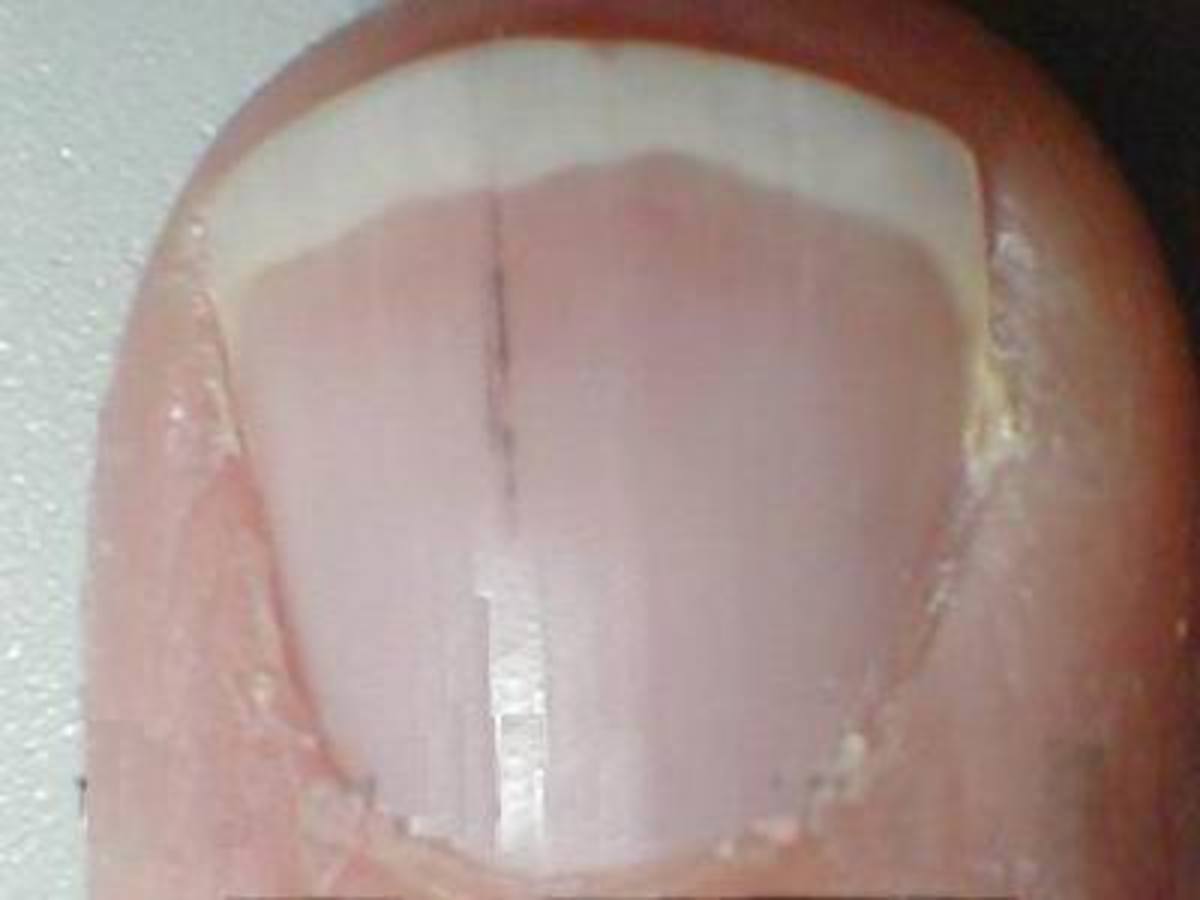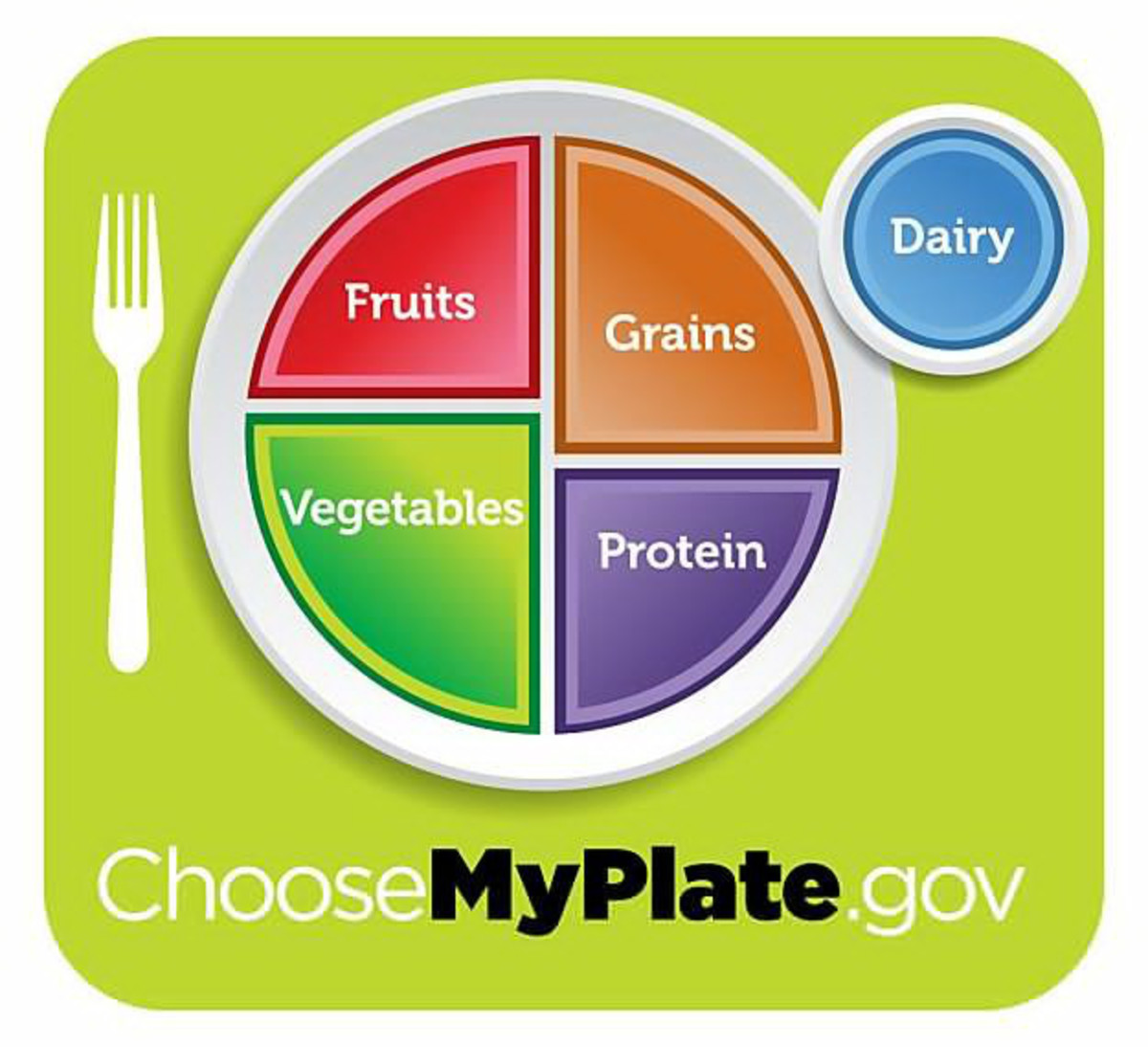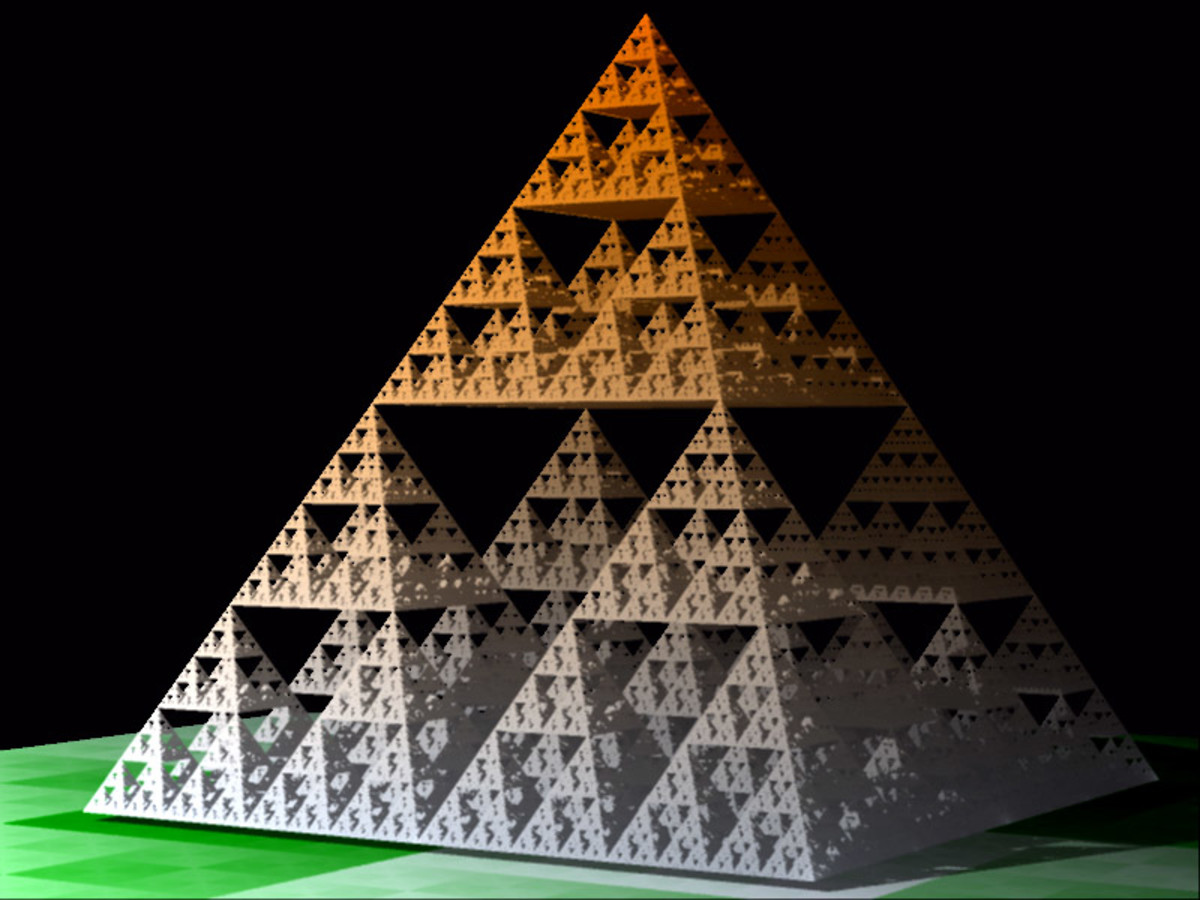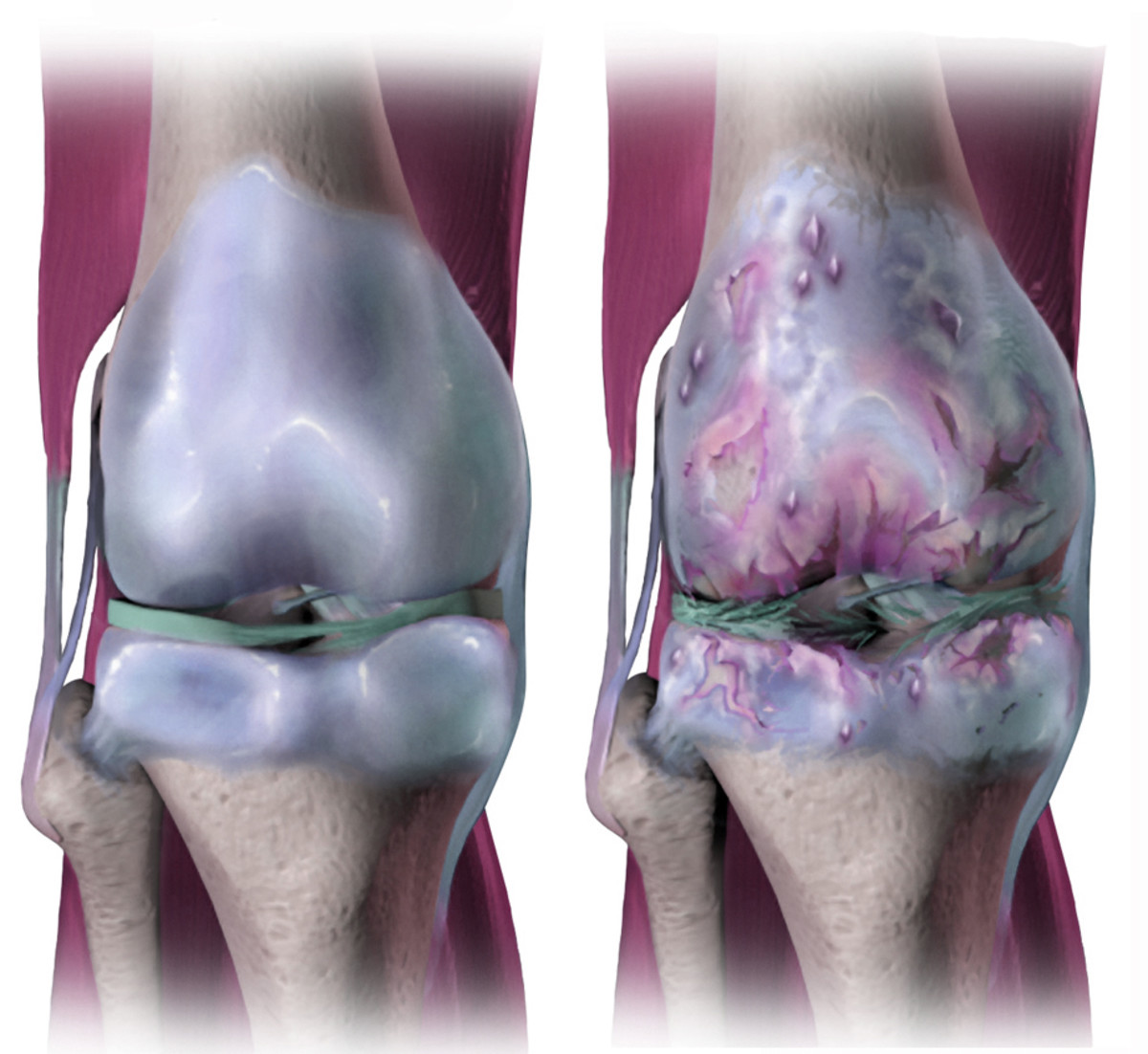Home Remedies & Health Care Guide

Eat Wisely
There is power in the food we eat: power to boost your immunity, fight fatigue, ease ailments and protect your heart. Prevent health problems by taking care of your body. In order to take care of your body, you need to rest, exercise, walk tall to avoid back problems, refrain from drinking alcohol, smoking and limit your intake of coffee, colas and sugar..In order to fight against the spread of disease, we need to keep clean, rest, sleep, relax and have a hobby to ward off stress. Everyone is exposed to disease and if you have a child you will soon learn that once they get to be age five or six they have had exposure to most common disease and won. There is a legend of the five foot rule where I live. The legend states that once a child reaches five foot in height, they no longer get the exposure from the ground and stay healthy. Actually, their health is probably because of their exposure to germs and infections and their body winning or beating the illness. The act of winning builds up a wall against additional contraction of the illness. They no longer get the disease because they have built up a tolerance against the bacteria or germ. The same idea of tolerance is the idea or drive behind most preventative injections. Fighting off the disease when it is less damaging can avert a more serious threat.
The main way to prevent ill health is to eat wisely and have a healthy diet.There are many pyramids to explain about daily diets and the importance of proper nutrition. The Department of Agriculture puts out the, "My Pyramid Diet." They have speakers at most elementary schools and provide literature on healthy living. They suggest that the healthiest type of diet plan is a balanced diet that includes foods from all food groups in the Food Pyramid. According to the food pyramid, all fats and oils should be eaten sparingly. If you want to design your own diet plan for free? Make your own pyramid at:http://www.choosemyplate.gov/
The American Medical Association suggests that in order to keep healthy your daily menu should include:
Milk (Teen - 4 cups daily, Adult - 2 cups daily, Pregnant female - 4 cups daily)
Vegetables/Fruit (4 servings daily)
Meat (2 servings daily)
Bread (4 servings daily)
Note: Adults should eat 30 calories of food a day for each pound of their current weight to maintain their weight. Boys and girls need to eat 2400 calories a day.
The US Department of Agriculture suggests five servings of fruit and vegetables will help fortify the body. They also suggest that when children get home from school they need to eat healthy snacks. Whether it is hot or cold these easy healthy snacks will hit the spot: Dried Fruit Raisins, berries, cranberries, blueberries, raspberries, prunes, trail mix, pretzels, crackers with cheese or peanut butter, bananas with or without peanut butter, dry cereal (Cheerios, Shredded wheat), and yogurt.
Eating well helps all of us stay healthy, but what can we do when we get sick and need medicine? Food can provide an answer to that as well.
Here is a list of foods known to be high in antioxidants to help fight back: Try to find creative ways to include them in your daily food intake: Fruit (Kiwi fruit, Navel Orange, Papaya, Strawberries, Grapes, Cantaloupe, Watermelon and Cherries) Vegetables (Broccoli, Brussels sprouts, Butternut squash, and Sweet potato), and Tomatoes considered a fruit and vegetable. Eating Soy foods is also known to cut the risk of lung cancer.
The Home Pharmacy
This is a list of Essential Remedies that should be in any home:
- Aspirin or Acetaminophen, and liquid Acetaminophen (for youngsters) – to relieve fever, headache and minor pain
- Antacid – Treat stomach upset
- Adhesive tape and bandages – Cover minor wounds
- Hydrogen Peroxide – Clean wounds
- Sodium Bicarbonate – Soaking and soothing
- Syrup of Ipecac – To induce vomiting if someone swallows toxins/poison
- Antihistamines, nose drops and sprays. – To curb allergies
- Iodine – Antiseptic
- Cold Relief tablets – to relieve colds
- Cough Syrup or tablets – to relieve coughs
- Bulk Laxatives – Relieve constipation
- Sodium Fluoride (toothpaste) – Prevent Dental problems
- Eye drops and artificial tears – Heal eye irritations
- Hemorrhoid preparations – Relieve pain from Hemorrhoids.
- Hydrocortisone cream – Treat skin rash
- Elastic bandages – Treat sprains
- Sun Screen – Prevent sun burns
- Bee packs – If allergic to Bee stings
Elements of Good Nutrition
Elements of Good Nutrition include:
Fruit & Vegetables: Eat 4 daily servings.
Fruit - 1/2 medium grapefruit equals 1/2 cup. Consume a variety of fruits whether it is fresh, frozen, canned or dried. Vegetables - 1 lettuce wedge equals 1/4 cup. Eat a variety of vegetables, green, yellow, brown, and orange.
Calcium Rich Foods - 2 servings a day.
3 cups calcium rich foods daily. 1 cup/8 oz. whole milk, and, 2 cups other calcium products like: 1 1/4 oz hard cheese, 1 cup low fat yogurt and /or low fat cheese, 2 oz cheese spread, and 2 cups of cottage cheese. If you are lactose intolerant, get lactose free milk substitutes and take calcium supplements.
Grains/Bread - 4 servings a day.
3 oz of whole grain cereal, bread, crackers, corn, rice, or pasta everyday. One oz. equals about 1 slice of bread, 3/4 c. cooked cereal, rice or pasta and 1 oz dry cereal. Unless allergic, make 1/2 of your grain intake - whole grain.
Protein/ Meat - 20 amino acids / 2 servings a day
3 oz of lean meats, 3 oz fish or 3 oz poultry equal 2 servings. Bake it, broil it, or grill it. Vary your daily intake with nuts, beans and seeds. 4 Tbsp of Peanut butter equals 2 servings.
Liquid/Water. - 60% of body weight / Men to consume roughly 3 liters or about 13 cups of total beverages a day and women consume 2.2 liters or about 9 cups of total beverages a day. American Medical Association still recommends 8 glasses with 8 oz. in each glass of Water daily. “Drinking eight 8-ounce glasses of any fluid a day is all that is required to replace your bodies total fluid loss according to the Mayo Clinic on their website..
Carbohydrates – ½ of our daily diet - refined [sugar & starch]. Unrefined [cereal & fruits]
Fat – No more than 30% of daily intake. 3 types: Saturated [meat & dairy], Polyunsaturated [fish & oil] & Monosaturated [olive oil & avocados].
Fiber – Fruit, raw vegetables, grain & cereal.
Vitamins – Regulates metabolism
Minerals – Essentials Calcium, Zinc, Iron Magnesium & sodium chloride [just enough maintains fluid balance – too much can cause hypertension]
Eating Right for your Blood Type
Here is someone who has classified healthy food according to the type of blood that an individual has.
Author, Peter D'Ajamo’s book, ―Eat Right for your Blood Type states that everyone should eat foods based upon their blood type. This book should be available at most bookstores or online @ http://www.dadamo.com/
Type O Blood Diet should consist of ―High Protein.‖ A High Protein Diet consists of: Meat, fish, vegetables, and fruit.
Type A/B Blood Diet consists of a ―Mixed Food Diet‖ in moderation. Mixed Foods include: Tofu, meat, seafood, dairy, beans, legumes, grains, vegetables and fruit.
Type A Blood Diet is a Vegetarian Diet including: Tofu, seafood, grain, beans, legumes & fruit.
Type B Blood Diet is an Omnivore Diet consisting of meat (no chicken), dairy, grain, beans, legumes, fruit and vegetables.
- Herbs and Herbal Remedies
Herbs are the green, parts of plants. The use of herbs is mentioned in the Bible and other historic books. Archaeologists believe man used herbs long before recorded history. Here is a list of the most...











